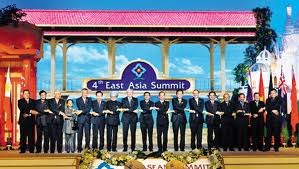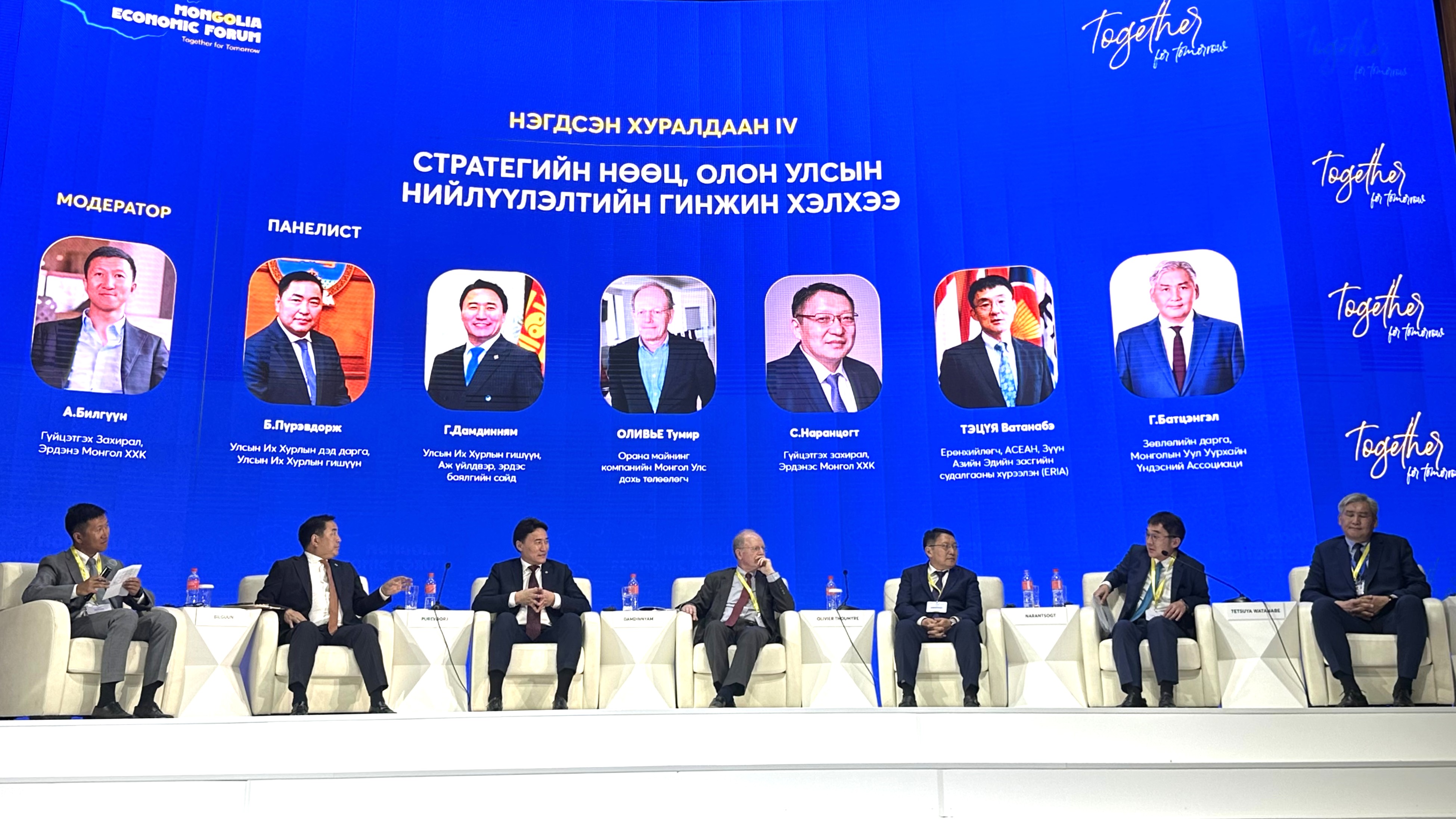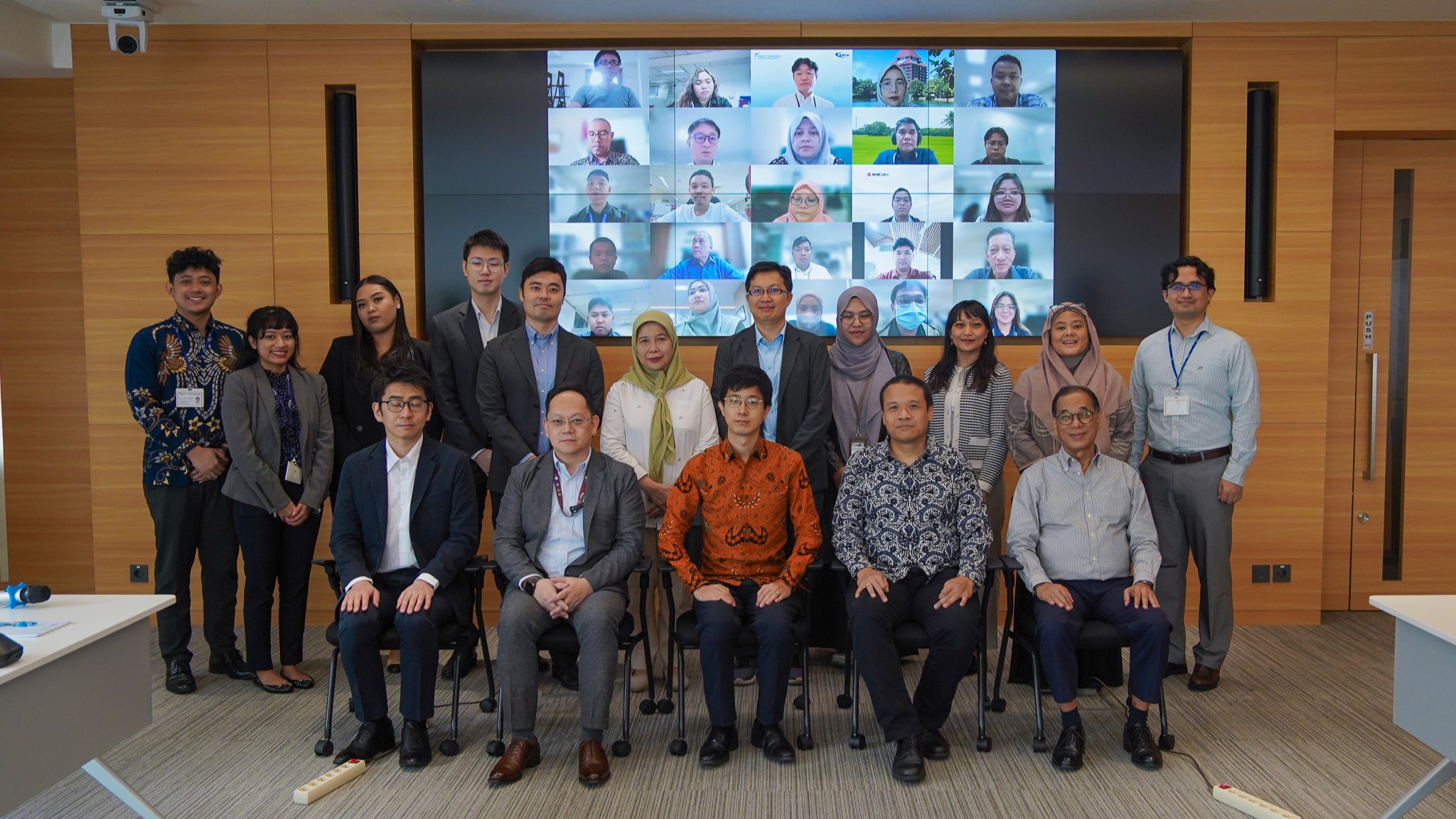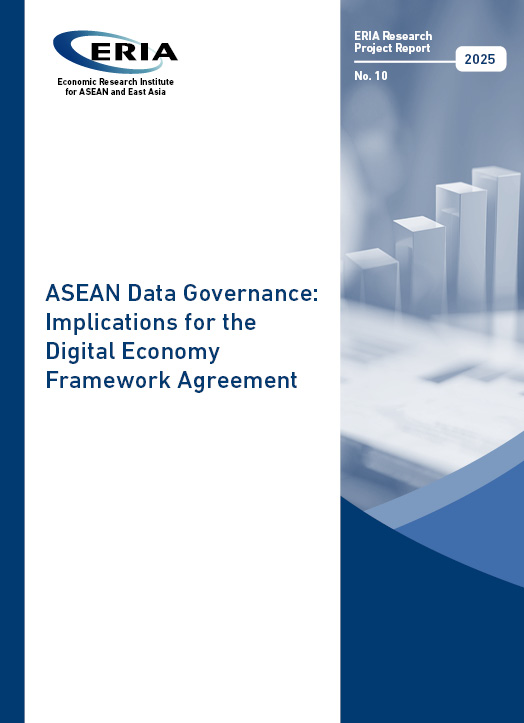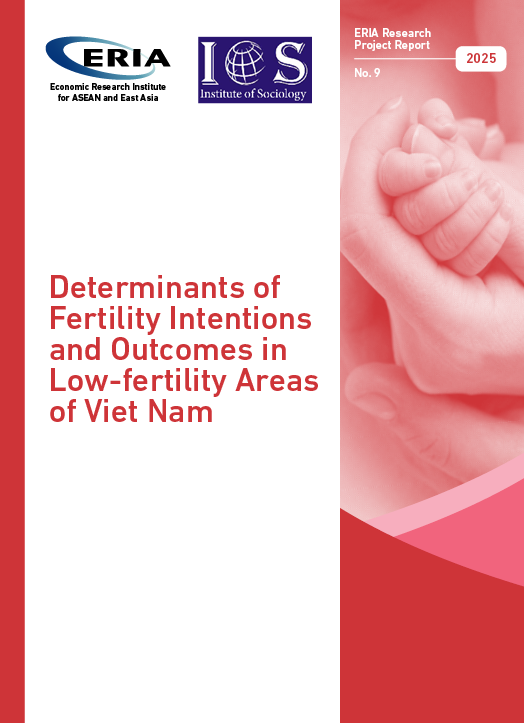Recognition of the role of ERIA in the economic integration of East Asia
The 15th ASEAN Summit and the 4th East Asia Summit (EAS) meetings were held in Cha-am Hua Hin, Thailand on 23-25 October 2009. This ASEAN Summit was devoted to the theme of 'Enhancing Connectivity, Empowering People'.
The ASEAN Summit and the EAS were very fruitful for ERIA as the participants to both the events recognised the role of ERIA in the economic integration of East Asia. The Chairman of the 15th ASEAN Summit mentioned in his statement that:
| 11. | We also recognised that ASEAN connectivity required the connecting of the hearts and minds of ASEAN peoples across the region, through closer people-to-people ties, cooperation in education and capacity-building efforts. We welcomed the adoption of our Statement on ASEAN Connectivity which called for the establishment of an ASEAN High Level Task Force (HLTF) to work with the ASEAN Secretariat, the Economic Research Institute for ASEAN and East Asia (ERIA), the Asian Development Bank (ADB), the UN ESCAP and other relevant organizations to develop an ASEAN Master Plan on regional connectivity and report recommendations in this regard to the 17th ASEAN Summit. We therefore tasked the Secretary-General of ASEAN to develop the Terms of Reference for the ASEAN HLTF on Connectivity as soon as possible.
The Chairman of the 4th East Asia Summit mentioned that:
|
| 18. | We received a Statement from the Economic Research Institute from ASEAN and East Asia (ERIA) Governing Board Meeting. We appreciated the ERIA's contribution to regional cooperation, by providing useful research and practical policy recommendations. We encouraged ERIA to work with the ADB and the ASEAN Secretariat to accelerate the completion of a "Comprehensive Asia Development Plan" in order to enhance the connectivity of the region.
The ASEAN leaders statement on ASEAN's Connectivity declared setting up of an ASEAN High Level Task Force comprising relevant experts, including ERIA, to develop an ASEAN Master Plan on regional connectivity.
|
| 8. | An ASEAN High Level Task Force, comprising relevant experts, supported by the ASEAN Secretariat and relevant sectoral bodies, in cooperation with relevant international organizations such as the Asian Development Bank (ADB), the United Nations Economic and Social Commission for Asia and the Pacific (UNESCAP), the Economic Research Institute for ASEAN and East Asia (ERIA), to study ASEAN's internal and external connectivity, and to develop an ASEAN Master Plan on regional connectivity, that include, among others, innovative infrastructure financing mechanisms, taking into account the work done and planned to ensure optimum synergy rather than duplication of work. In devising the Master Plan, the Task Force should ensure that the limited resources from ASEAN, Dialogue Partners and International Development Banks and Agencies are employed in the most efficient and effective manner to realise our vision. The ASEAN High Level Task Force should consult with the APSC Council, the AEC Council and the ASCC Council before submitting their recommendations to the 17th ASEAN Summit in 2010 through the ASEAN Coordinating Council.
The BIMP-EAGA Summit in its joint statement recognized ERIA's work.
|
| 9. | We commended our Senior Officials for the signing of the Framework of Economic Cooperation with China and look forward to mutually beneficial engagements, particularly between our private sectors. We noted with encouragement and great appreciation the increased involvement of Japan in the subregion's development. We look forward to the early conclusion of a framework of cooperation with Japan to formalize its status as a development partner of BIMP-EAGA. We also welcomed the support of the Economic Research Institute for ASEAN and East Asia (ERIA) for the preparation of a coherent master plan to coordinate and expand subregional initiatives in East Asia. We endorsed the decision of our Ministers to elevate our engagement with our Development Partners to Ministerial level.
India Contributes 1 million US Dollar to ERIA.
In a very significant recognition of ERIA's research in the East Asia region, the Prime Minister of India announced in his statement at the 4th East Asia Summit a contribution of 1 million US $ from India to ERIA.
'The proposals generated by the Economic Research Institute of ASEAN and East Asia [ERIA] to develop a blueprint for financial and economic integration of the EAS region, especially in the area of infrastructure development and connectivity, are promising, and deserve our encouragement. India would be happy to contribute 1 million US dollars over a period of ten years for enlarging the activities of ERIA.'
Various Head of the Governments expressed their support for ERIA.
Several Head of Governments such as Cambodia, China, Japan and Thailand in their statements to the EAS underlined the work done by ERIA in the region. |
